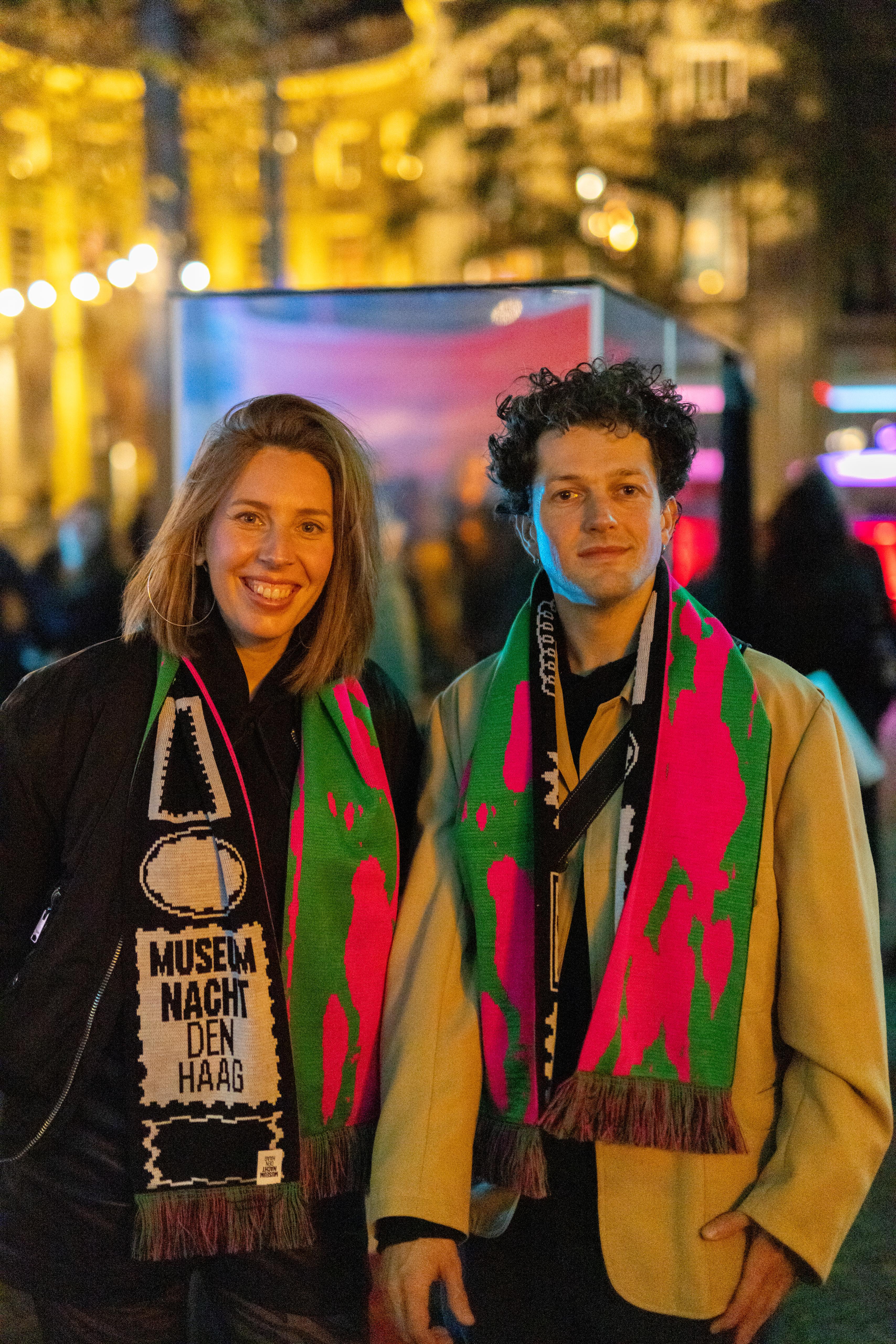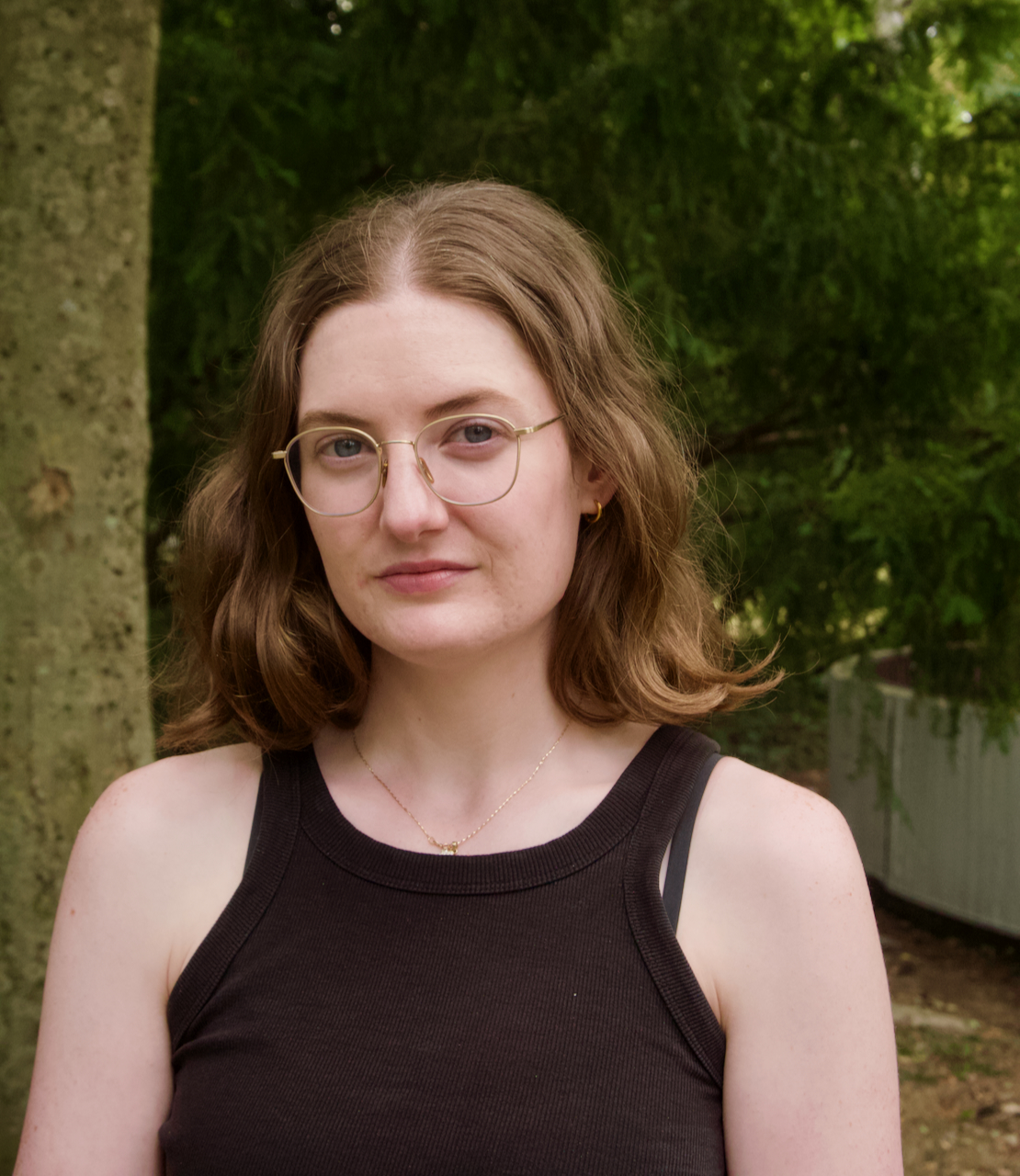Wasn’t it mere joy that lead me to the world of design in the first place?
To get straight to the point: I consider myself an explorer. Floating in a universe of colours and patterns, I love to study the endless range of possibilities and combinations in which they appear or can be organised. In 2001 I graduated as a graphic designer from Amsterdam Gerrit Rietveld Academy. My graduation project New Begin (in cooperation with photographer Nadine Stijns) not only embraced an openness to the world of forms, patterns, colours and media, but also contained a manifesto with a very strict set of rules. By imposing that dictate onto the chaos of everyday life, series of endless creative processes started to emerge. In other words, the process became the goal and every (end)product turned out to be nothing more than a starting point for next steps.
Trust
Later, after graduating as a design teacher from WdKA, I elaborated on this theme, creating and hosting the education workshop Form Follows Failure (2012) in cooperation with Rens van den Berge and Ingrid de Lugt. Our ‘method’ explored a series of exercises in which random discoveries and mistakes were embraced as valuable aspects of the creative process. An important aspect of this process was the need to rid our participants of fear: by not being afraid of what would happen during the process (since the outcome would be totally unsure) we resided in a complete trust that a creative solution could be found at any time. It was a simple, though exciting discovery that had a profound impact on our own art and design practices.
Exercise of the Eye
Surprises and coincidental discoveries turned out to be more interesting than a rational, prescriptive approach to design. While working as a professional designer I decided to stick to my own method or fascination: how to apply ‘found’ results in provisional products, without losing the need for quality? The process is always visible in the finished product. This may seem obvious, however by being very conscious of the process (and thus valuing the process on the same level as the finished product) the visualised outcome of the process also becomes an exercise of the eye - the designer must train the eyes to be tolerant of the unexpected. And yes, there is a modest desire to disrupt as well. However, I'd rather like to call my approach a matter of genuine curiosity (What if?). This question values openness and disapproves of essentialism (What is?). How thrilling this might be, an approach like this requires stamina as it is a time-consuming practice.
Interactive Whole
Recently I have started researching patterns and repetition. More particular, the interaction of pattern and colour. I understand life as an ecology of colour and pattern interactions and use that fascinating, interactive whole as a source of inspiration for my own design practice. Embracing this body of things and using and re-using the potential of patterns, accidents and unforeseen deviations is an exciting endeavor. Design becomes a game of finding and creating of balance, balance between pattern and composition, form and shape, light and colour. I am not afraid to get off the grid, to distort, to shift software programs on purpose or to include smudges of paint that were not supposed to be there.
Let the Rhythm Flow
By letting go, by refusing to correct accidents, I (re)present found footage or accidental beauties and pay tribute to adventure and new directions in design. Slow down, let the rhythm flow, internalise/externalise the action - create without a preconceived plan, let the eye do the job. In order to do so, I experiment with paint, felt and paper. Sometimes I even work with my eyes closed. I tear, throw and cut. I love to explore techniques I have never worked with before, as they bring in a high risk of imperfections, like for example Japanese Shibori, perfectly suited for creating textile patterns. Its practice of stitching, folding, pleating and clamping enables you to create magical patterns. Moreover, you never know in advance how the dying process will handle your initial design ideas. It is really addictive.
Archive of Possibilities
Pleasure (wasn’t it mere joy that lead me to the world of design in the first place?) is a crucial aspect of my work. And it is discipline (action, productivity, exercise and repetition) that allows me to stir up fresh perspectives on design. Consider my work an organic archive of possibilities, a collection of abstractions, a cabinet of curiosities.



